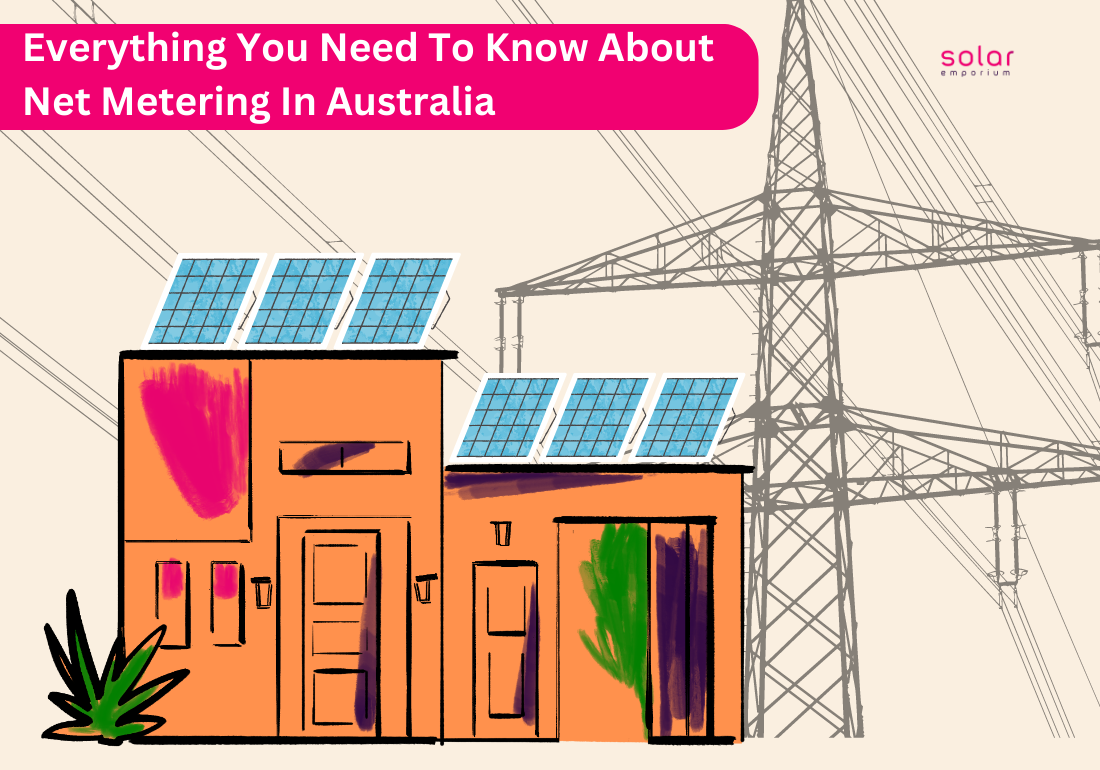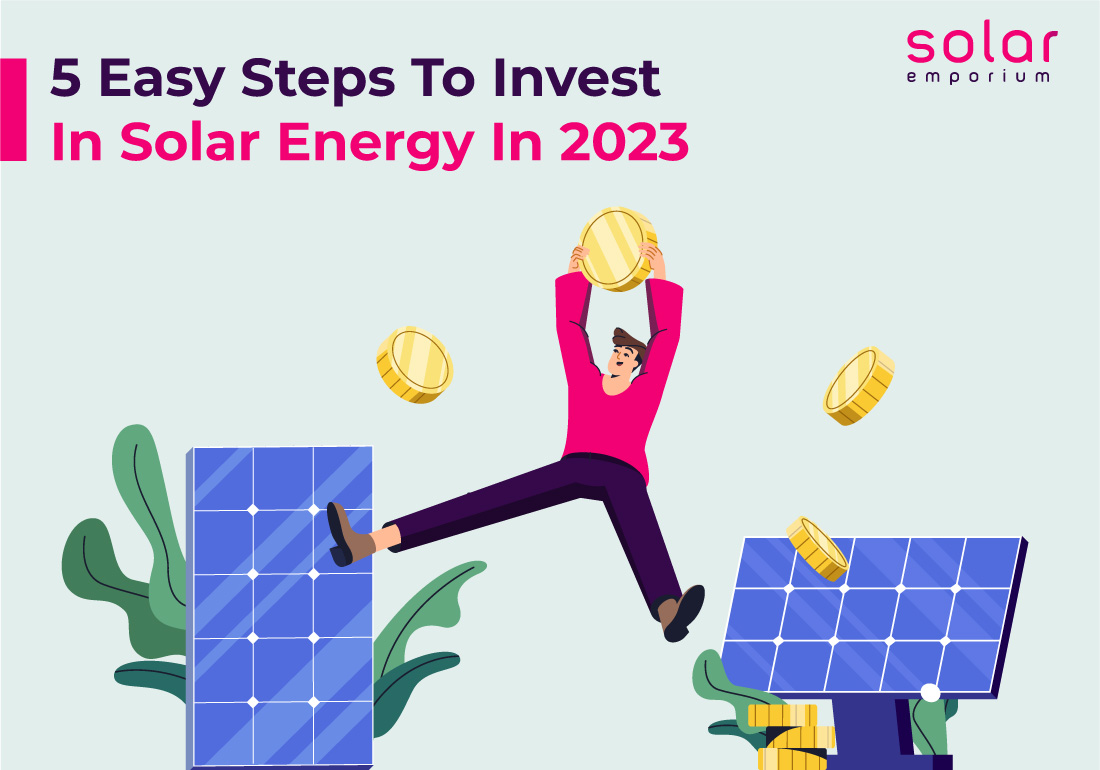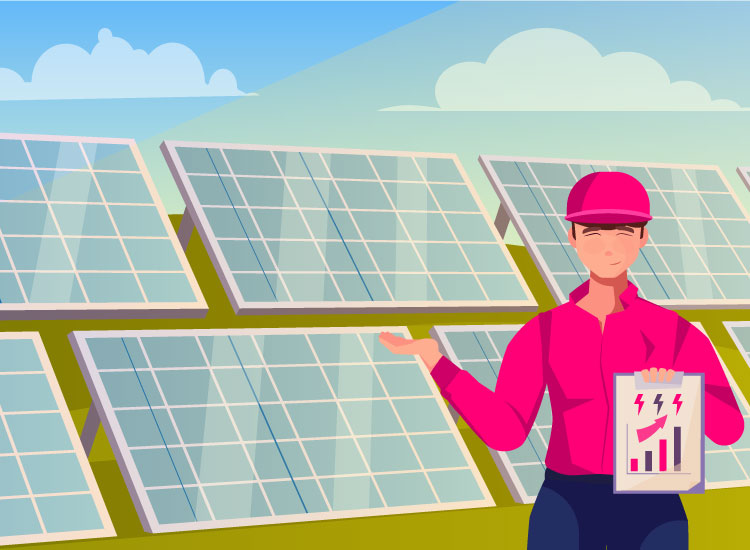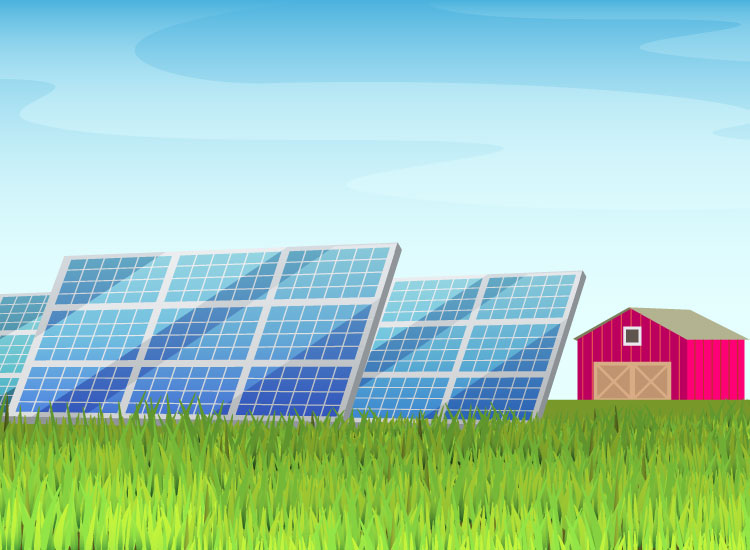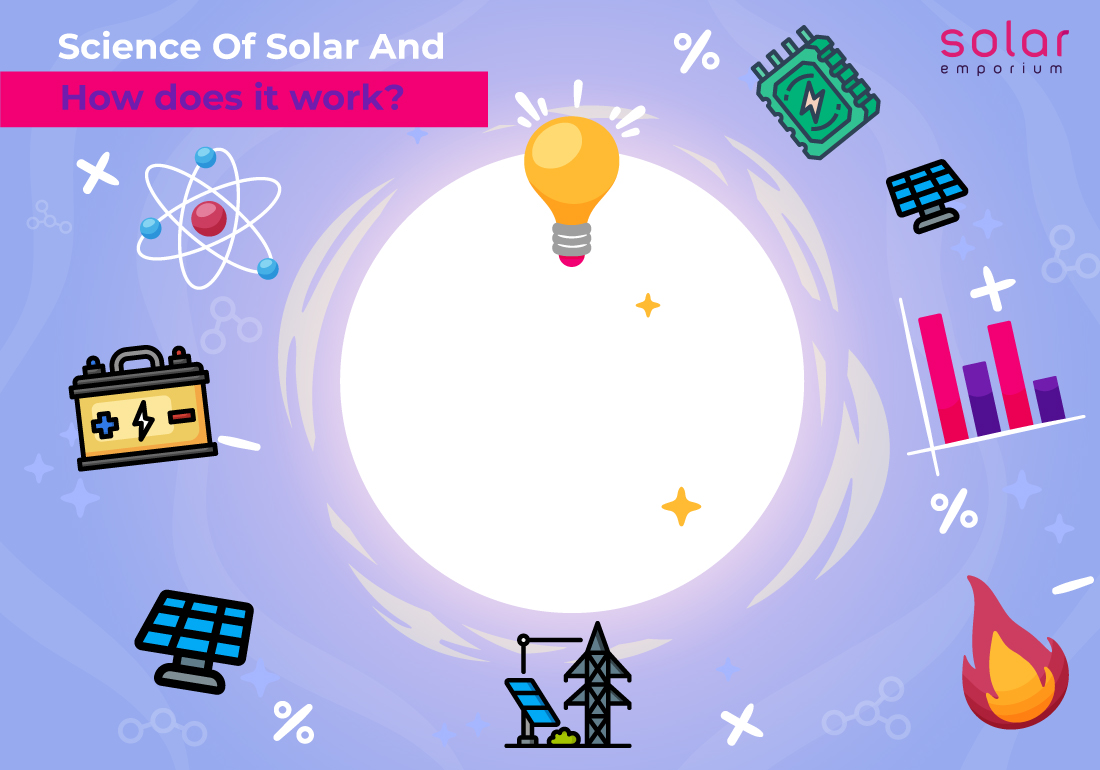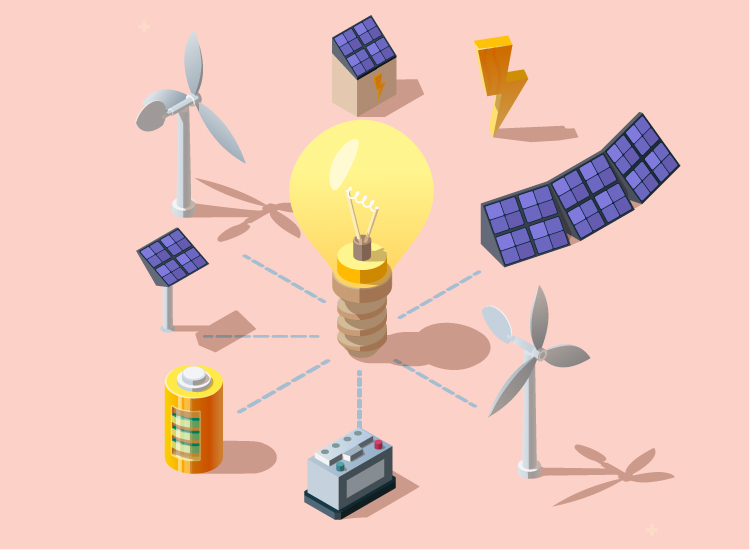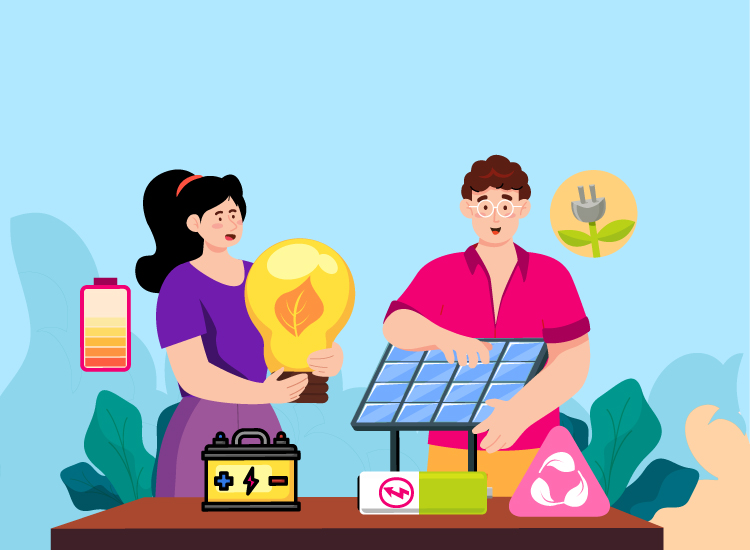Are you tired of paying high electricity bills? And are you worried about your environmental footprint?
Many Australians feel the same way. Electricity prices are driving people to explore alternative options. One popular choice is solar Net Metering. It provides a more affordable and eco-friendly alternative to grid electricity.
In light of the current situation, here’s everything you need to know about net metering in Australia
The adoption of solar panels in Australia saw a significant increase. Australians increasingly turn to solar energy to combat the rising cost of living. Many average Australian households are installing solar panels or extending their existing systems.
Australian residents have a strong reason for being ahead of solar energy use. Embracing solar panels can help ordinary individuals reduce their energy expenses and environmental impact.
Some people go off-grid, while others enjoy solar and grid electricity. And net metering allows them to have the best of both worlds.
Net metering lets you stay connected to the power grid while saving money on your energy bills. And it ultimately makes the transition to solar power easier.
What Exactly Is A Net Meter?
A net meter is a device to measure the electricity consumption in your home. It displays the energy production and consumption rate. Moreover, it helps in determining the additional solar requirement your house needs.
The meter can run backwards with net metering. And you will only be billed for the net difference. Your solar system can feed energy back to the grid regularly. Depending on your net meter type, it can return electricity to the grid every 30 minutes or at the end of each day.
In Australia, DIY solar installations usually do not qualify for net metering or other feed-in tariffs. It’s a requirement to have a professional install your solar panels and connect them to the grid.
What Is Net Metering With Solar Energy?
Many governments encourage their residents to produce domestic solar energy to reduce reliance on fossil fuels.
However, relying solely on solar power might only sustain a home partially. Since solar only produces energy when the sun is shining, more production might be required. The initial cost of solar batteries can also be high.
Ideally, a solar panel system would be connected to the grid. It allows the meter to contribute and draw power from it. Different metering techniques are used to accommodate various tariff and incentive programs.
One of the methods is known as net metering. It involves using a meter that can count in both directions. Individuals only pay for the net energy they consume. If consumers generate more power than they use, they receive credit for the excess at predetermined rates and conditions.
Another option is dual metering, where customers have two one-way meters. They can feed all the energy they generate back into the grid. This type of metering is useful when the appliances get electricity from the household producer at a different rate than from the grid.
The rate at which the utility purchases excess energy is called the feed-in tariff (FiT). Australia’s FiT program has changed over the years, and the existing rates are now lower than before, encouraging users to produce just enough energy to meet their needs.
Because of net metering, traditional homes and businesses can use solar energy while remaining connected to the grid. Net metering incentivises consumers who use solar panels and connect their system to the power grid.
Net metering is utilised in various countries worldwide. And people using solar panels can expect to be compensated at a rate competitive to traditional grid electricity.
In Australia, excess energy generated by solar panels is balanced at the market electricity price. Consequently, energy bills are calculated based on the difference between total energy use and the amount of energy generated by solar panels.
Functions Of The Australian Net Metering System
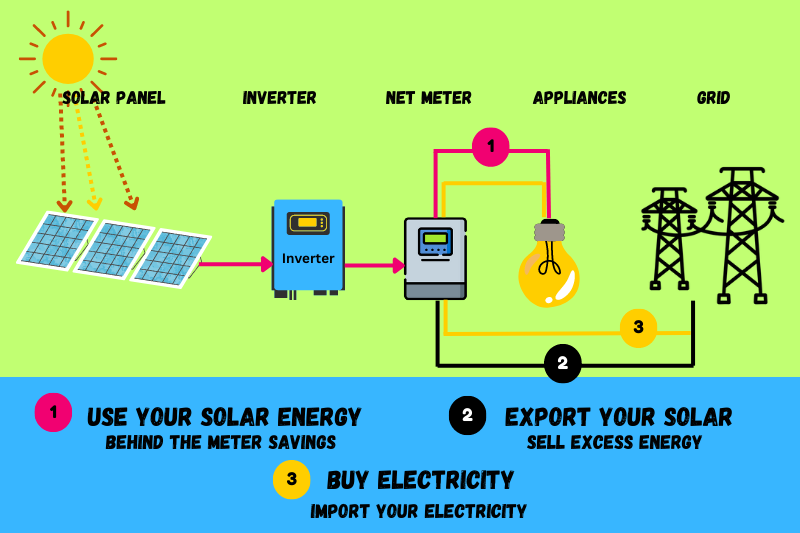
With a solar Net Metering system, the sun can become the primary power source for various electronic devices like televisions, microwaves, and air conditioners. Solar panels can offset a significant portion of a home’s annual electricity consumption.
Any surplus energy generated is sent back into the grid system. If solar energy production is less due to low output or harsh weather, it requires more grid electricity. Large-Scale batteries can complement the home’s power supply.
Excess energy can be stored in the grid for future use. The electricity your home generates and sends back to the grid is not obliged for any penalties. And it ensures that you fully utilise solar energy and avoid increasing your tariff.
Moreover, besides being environmentally friendly, the Net Metering system is cost-effective. Your monthly energy bills will be proportional to the energy transferred between your home and the grid.
Measurement Of Solar Power System
In Australia, the measurement of solar power systems involves two systems: Solar Net Metering and Gross Net Metering.
For net metering users, any extra energy generated by the household can be credited or paid for. On the other hand, with gross metering, the solar power generated is directly exported to the grid. And the user is compensated for this production.
Gross metering utilises separate measurements for the import and export of power. Net Metering involves a two-way reading system that tracks the solar energy and the excess energy you feed into the grid. You can enjoy solar feed-in tariffs with net metering.
Import refers to the power drawn from the grid. When your home consumes more energy than your solar panels generate, you import energy from the grid. Each kilowatt-hour (kWh) of imported electricity is charged at the retail electricity rate, ranging from 22c to 55c per kWh, depending on your tariff.
Export indicates the solar energy you contribute to the grid. When your solar panels produce more energy than your home needs, you export the excess energy to the grid. You receive compensation through a feed-in tariff for each kWh of electricity exported.
Key Points To Keep In Mind:
- After installing your solar system, setting up your meter is essential.
- Customers with smart meters must configure them for net metering.
- Customers using basic meters will need a new meter compatible with solar energy.
- Upgrading to a net meter is included in the solar installation process for customers in QLD and VIC
- Customers in other states must request net metering from their current electricity provider.
Different Types Of Net Metering
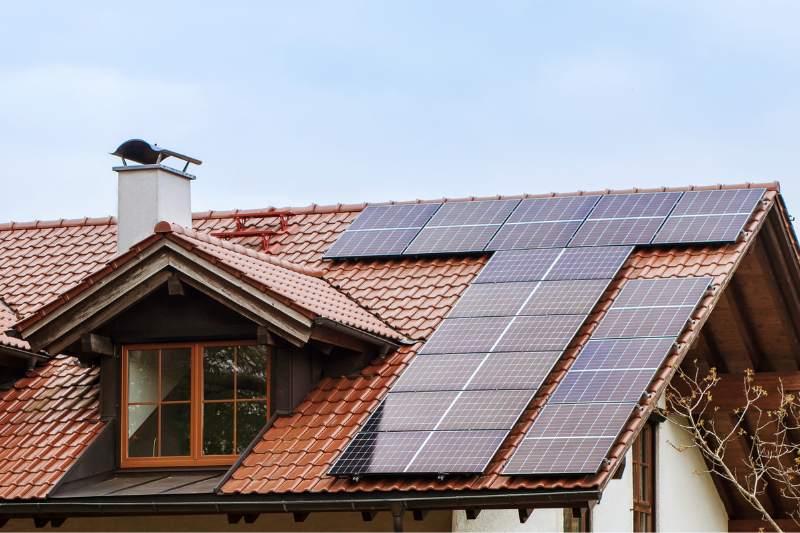
Virtual Net Metering
Aggregate Net Metering
Remote Net Metering
Benefits Of Net Metering
Lower Energy Bills
One of the main benefits of transitioning to solar power is the cost savings. If you live in a sunny state, you can expect a significant reduction in your energy expenses.
Producing ample solar power to meet your energy consumption might enable you to earn money through Net Metering. You’ll only pay for electricity when your solar generation falls short. And any excess energy you return to the grid can be credited to you.
Powers Multiple Spaces
Minimises Your Carbon Footprint
Adopting solar power can significantly reduce your carbon footprint. By becoming more self-sufficient, you contribute to conserving precious natural resources. Solar energy is much more eco-friendly than electric or gas-powered generators.
And it often encourages individuals to be more conscious of unnecessary energy consumption.
Is Net Metering Available In Your State?
Solar energy is gaining popularity throughout Australia, but the availability of incentives and Net Metering varies among states. Not all regions in Australia are eligible for Net Metering.
However, the following states or cities do offer Net Metering:
- Adelaide
- Alice Springs
- Blacktown
- Central Victoria
- Moreland
- Perth
- Townsville
Net Metering is sometimes referred to as a feed-in tariff. These feed-in tariffs or refunds are typically offered at the discretion of different energy utility providers. As a result, the availability of these tariffs differs across the country based on the state and energy retailers.
These feed-in tariffs function as Net Metering, providing financial compensation against your energy bill when you supply excess solar power back to the electricity grid.
What is a Feed-in Tariff (FiT)?
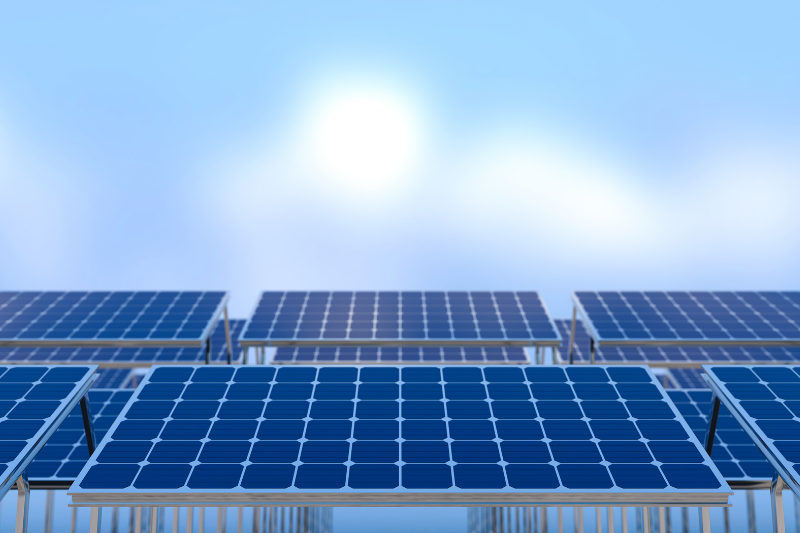
In Australia, every household receives payment from their electricity retailer for any surplus solar energy, which is sent back to the grid.
This payment appears as a credit on your energy bill. The value of the feed-in tariff varies across states and among different electricity retailers.
When your electric provider offers a feed-in tariff (FIT), surplus electricity is credited at a rate different from the retail price. Typically, this FIT is lower than the regular retail price. Your solar FiT calculation excludes production, transportation, and profits costs.
Transitioning To Solar Energy
Now that you understand how solar Net Metering operates in Australia, you can decide if getting solar panels is suitable for your household.
With solar power, you can reduce energy costs. Besides Net Metering, certain Australian states offer additional financial incentives to offset setup expenses partially.
The shift to solar benefits your finances and the environment. Solar energy is renewable and conserves valuable resources. You actively contribute to reducing your carbon footprint by powering appliances with solar energy.
So why not be a part of positive change and switch to solar panels with Solar Emporium?
